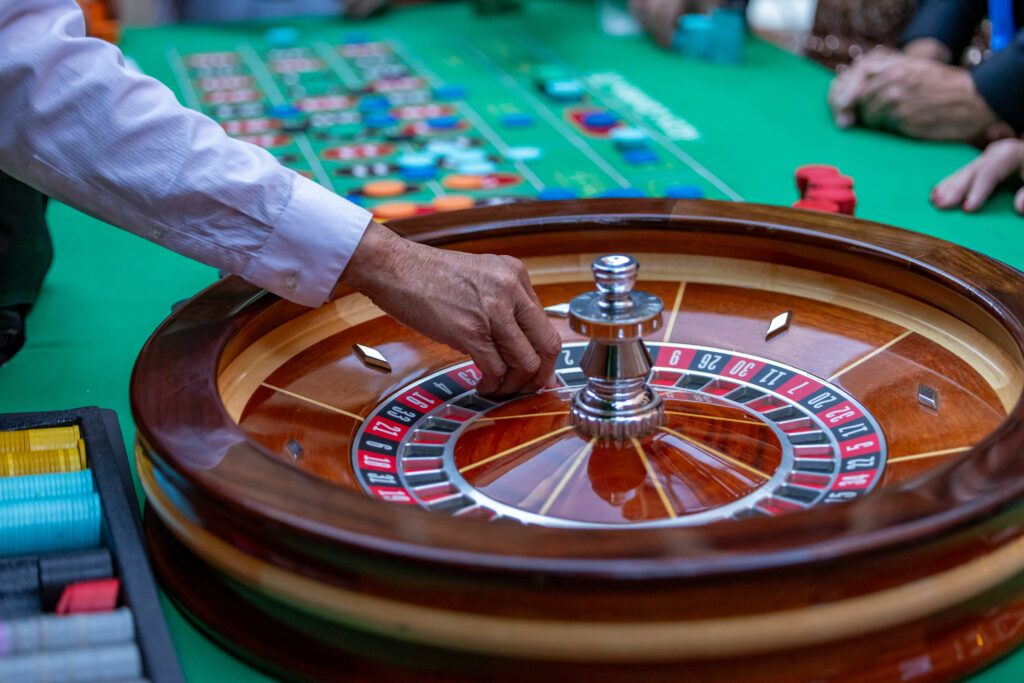Navigating the world of NFTs can feel like stepping into a new universe—full of jargon, volatility, and clever artwork. If you’re unsure where to start, this essential resource on the nft guide etrsnft gives you a solid foundation. Whether you’re an investor, collector, or just NFT-curious, wrapping your head around the basics is key to avoiding costly mistakes and missing valuable opportunities.
What Is an NFT, Really?
An NFT, or non-fungible token, is a unique digital asset that represents ownership of something specific—often digital art, music, in-game items, or even a tweet. Unlike cryptocurrencies like Bitcoin or Ethereum, NFTs are not interchangeable. Each NFT has its own identifying code and metadata that distinguishes it from any other.
Put more simply, if Bitcoin is like cash, an NFT is like a signed baseball card. Its uniqueness gives it value.
Built primarily on the Ethereum blockchain, NFTs have opened up new ways for creators to monetize their content and for collectors to showcase ownership in the digital realm.
Why People Care About NFTs
At first glance, it might seem absurd that someone would pay thousands—or even millions—for a JPEG. But the value proposition lies beyond the pixels.
- Proven Ownership: Blockchain verifies ownership. No stealing, no forgery.
- Scarcity: Limited editions make digital assets rare.
- Creator Royalties: Artists can earn royalties every time their NFTs resell.
- Community Perks: Owning an NFT can grant access to events, early product drops, or behind-the-scenes content.
In short, NFTs have turned digital fandom into tangible ownership.
Demystifying the nft guide etrsnft
The term “nft guide etrsnft” isn’t just a clever tag—it marks a deliberate attempt to demystify the NFT landscape for everyday users. From wallet setup to smart contract basics, a strong guide saves you hours of YouTube deep-dives or sifting through Reddit threads.
Good NFT guides break the process down like this:
- How to set up a secure wallet (MetaMask, Coinbase Wallet, etc.)
- Purchasing cryptocurrency for NFT transactions
- Browsing NFT marketplaces like OpenSea or Rarible
- Understanding gas fees and how to minimize them
- Evaluating NFT projects for authenticity and long-term value
This is the kind of clarity offered in curated resources built with beginners in mind. Always cross-check hype with facts, and make sure any guide you follow is up-to-date, especially in an industry that evolves monthly.
Common NFT Use Cases and Project Types
NFTs are more than profile pictures. Here’s a breakdown of how they’re being used now:
- Art: Digital art remains the most iconic use, allowing artists to sell directly to collectors without galleries.
- Gaming: In-game items, characters, or skins as NFTs offer real-world value and tradability.
- Music & Media: Musicians like Kings of Leon and Nas have released albums or rights through NFTs.
- Virtual Real Estate: Platforms like Decentraland and The Sandbox allow users to buy ‘land’ and build experiences.
- Collectibles: Think trading cards, but digitized.
Not all NFTs are created equal. Some projects rely on strong communities and utility, while others exist purely for speculation.
Security and Pitfalls: What to Watch Out For
If it sounds too good to be true, it probably is. NFT scams range from fake mint links to rug pulls (when a project vanishes after collecting money). Security practices can’t be optional; they’re your lifeline.
Here’s what to keep in mind:
- Never share your seed phrase with anyone.
- Avoid clicking random Discord/Telegram links, especially DM’d mint links.
- Use cold wallets for high-value NFTs. Hardware wallets like Ledger add a critical layer of protection.
- Do your research on the developers behind a project—transparent roadmaps and legitimate engagement go a long way.
Following a trusted nft guide etrsnft can significantly reduce these risks by highlighting red flags and offering protective strategies in plain language.
Key Tools Every NFT Enthusiast Should Know
Every serious collector or trader eventually assembles a stack of tools. These include:
- Portfolio Trackers: Tools like DappRadar or Zapper track your holdings.
- Marketplaces: OpenSea, LooksRare, Blur—each with different features and fees.
- Price Analytics: Use platforms like NFTGo or CryptoSlam to check floor prices and market trends.
- Rarity Checkers: Tools like Rarity Sniper help evaluate specific traits that may add value.
The right combo of tools gives you better insight and keeps you from flying blind in a fast-moving space.
Community: The Secret Sauce
Behind every strong NFT project is an even stronger community. It’s not just about buying an asset—it’s about being part of something.
Check if a project engages its community through:
- AMAs (Ask Me Anythings) with developers
- Roadmap updates
- Events or giveaways
- Discord moderation and support
A thriving Discord or Twitter community is often the pulse of a project’s health.
Guides like nft guide etrsnft don’t just explain what NFTs are—they also teach you how to evaluate the people and sentiment behind any mint.
What’s Next for NFTs?
NFTs are evolving beyond collectible art. We’re already seeing integrations in ticketing, real estate deeds, identity systems, and even medical data. They may also play a foundational role in metaverse applications and social networks.
Smart investors and collectors look at long-term use cases, not just short-term hype. Watching large brands—like Nike, Starbucks, and Reddit—helps predict the next phase of evolution.
Final Thoughts
NFTs may still be young, but their potential to reshape digital ownership is already visible. Mastering the basics—selecting the right wallet, evaluating projects, safeguarding your assets—will set you apart from the crowd. Whether you’re here for art, community, or investment, the best move is to stay informed. Resources like the nft guide etrsnft give you that critical edge without the fluff.
And that’s really the trick: don’t just follow the hype. Understand the mechanics. Trust the process. Stay skeptical, but curious.


